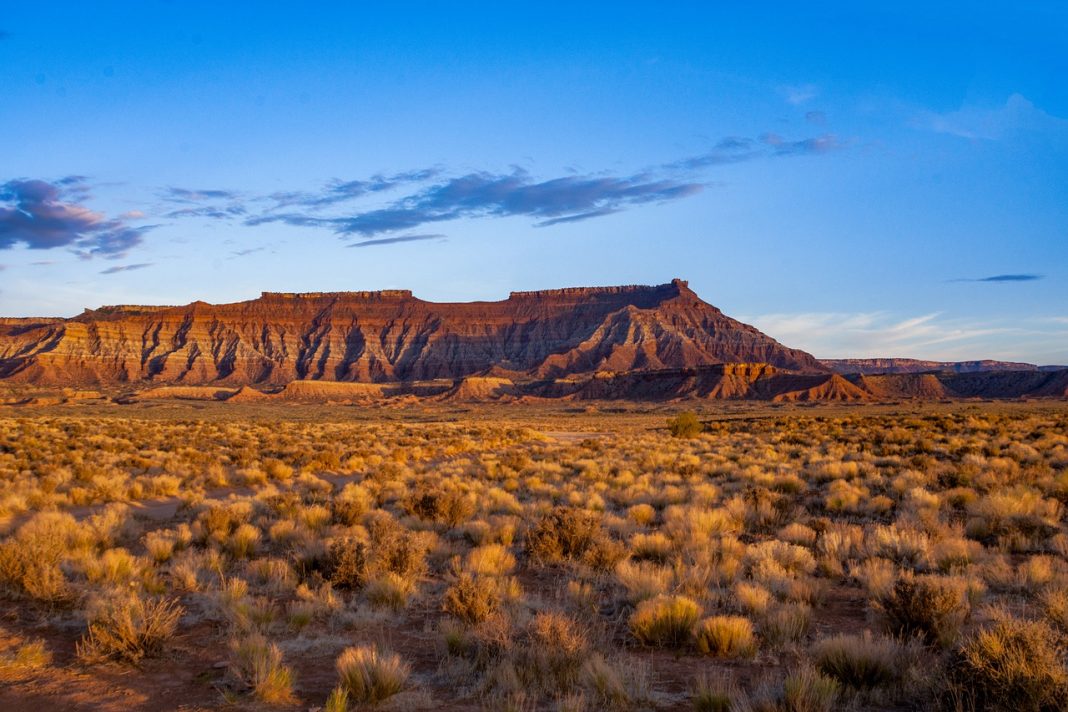Across much of the west, the drought has been severe. Montana is no exception to that rule. Montana started the year with a lower than average snowpack, add in a drier than average spring and summer and drought is in full effect in Montana. This drought has affected many lives and industries in Montana, there are several current wildfires that have started due to the dry conditions. Agricultural crops have also felt the drought, with less water fewer crops are being produced. Likewise, the FWP and Montana’s wildlife is feeling the effect of the drought.
“I think we’re seeing that double-edged sword. We did see a relatively mild winter and were looking forward to that with fawns and calves hitting the ground. But the real challenge for that of course is we’re also dealing with drought (and) fires. So while we might’ve seen some favorable winter survival, we may see some reduced survival in terms of recruitment and getting those young animals into adulthood.” – Brian Wakeling, Game Management Bureau chief with Montana Fish, Wildlife & Parks.
Drought in Montana
With less drinking water, wildlife in the area will congregate near stable water sources. Grass that is normally green and full of nutrition earlier in the year never arrived. This makes it so some of the wildlife can’t put on the proper weight for the upcoming winter. One of the FWP’s main concerns is that if the drought is followed by heavy snowfall, many animals will not have the fat reserves or strength to get through the winter. Hard winters following drought summers can be devastating to wildlife. This is especially true of mule deer.
“Any calves or young born this year are probably going to be pretty darn light going into the fall. Adults just won’t have the fat, which can affect breeding potential so you could see this affect two generations of animals. I hope we get a good harvest because if we have a hard winter we’re likely to have pretty decent winter kill.” – FWP biologist Vanna Boccadori
Elk and whitetail deer seem to be less affected by hard winters but the drought seems to affect poor on all the wildlife. Pronghorn in the state have seemed to struggle mightily this year with the dry conditions. During the summer counts, the FWP was worried by how little fawn recruitment they saw from the pronghorn.
You can read more about the effect the drought is having on wildlife by clicking here. Likewise, you can read about the concerns of the drought in Montana by clicking here.















